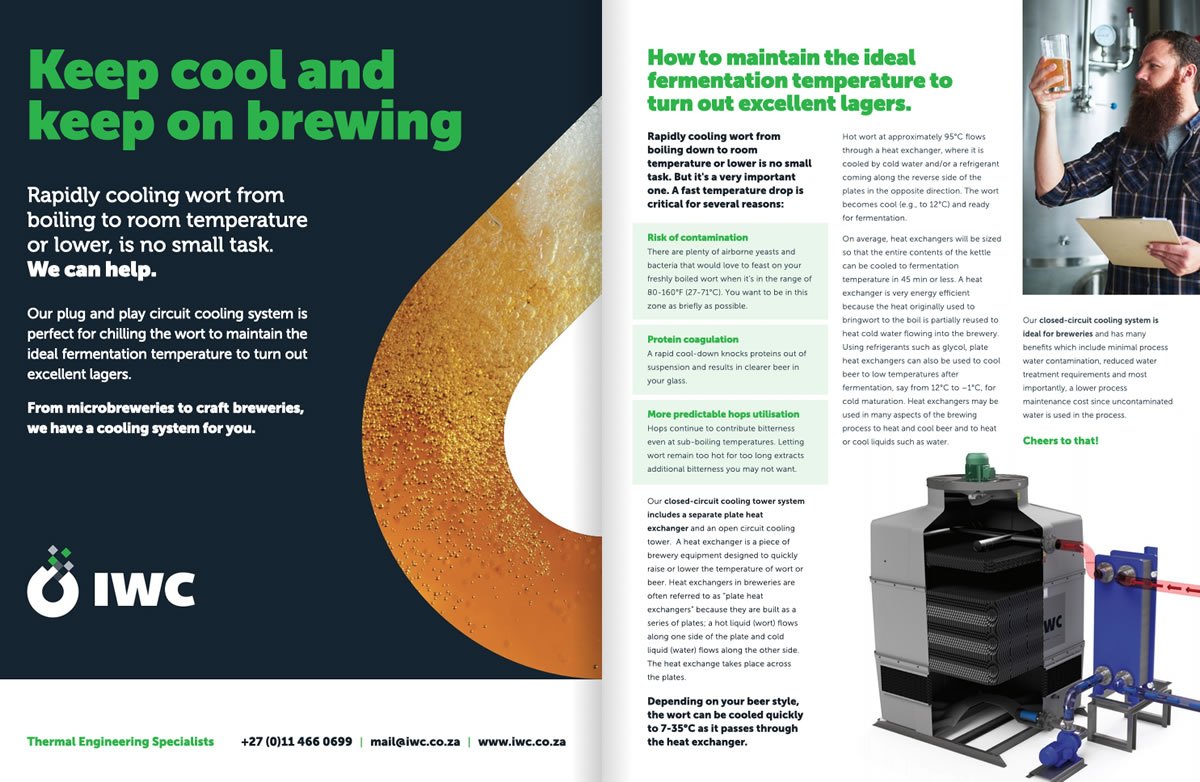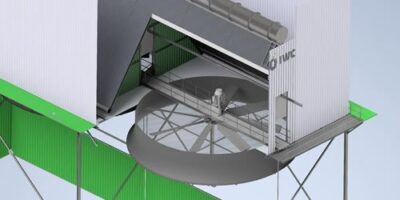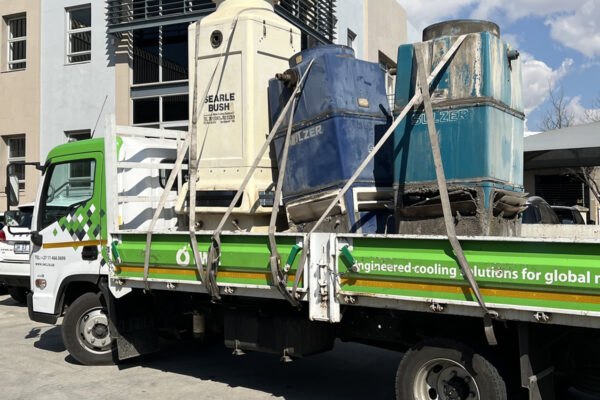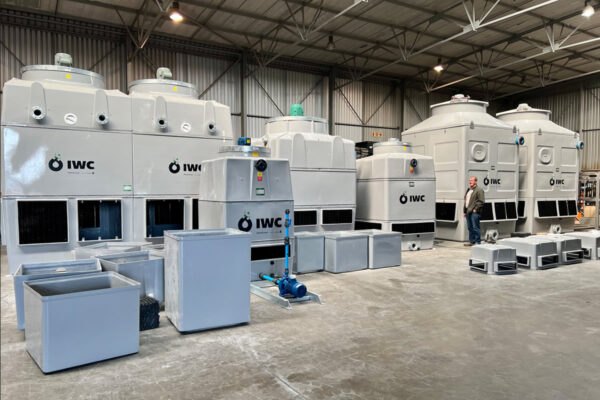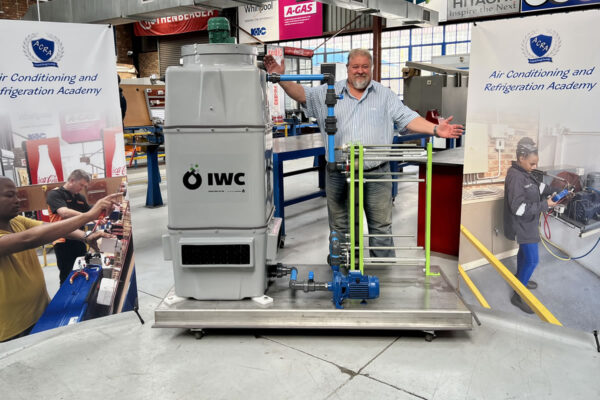Keep cool and keeping on brewing
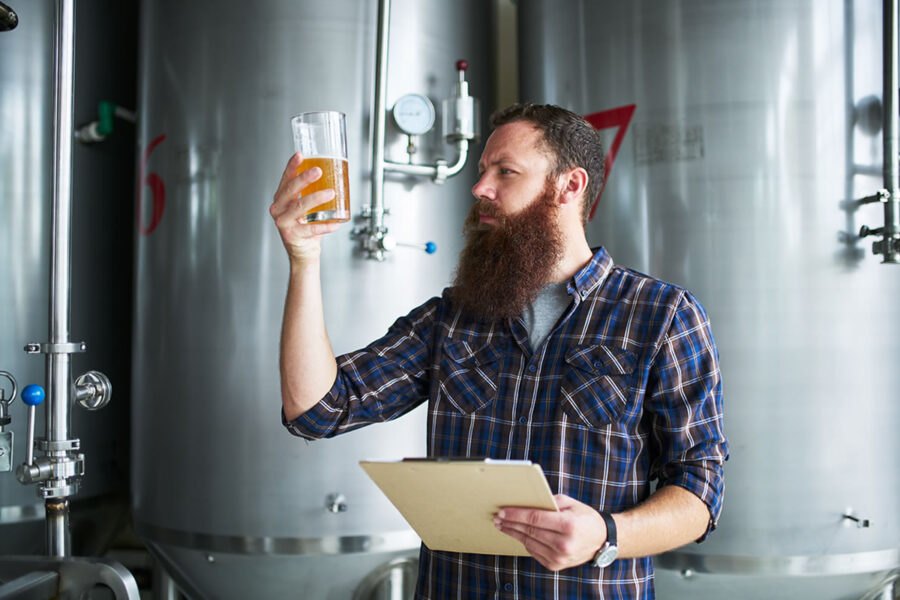
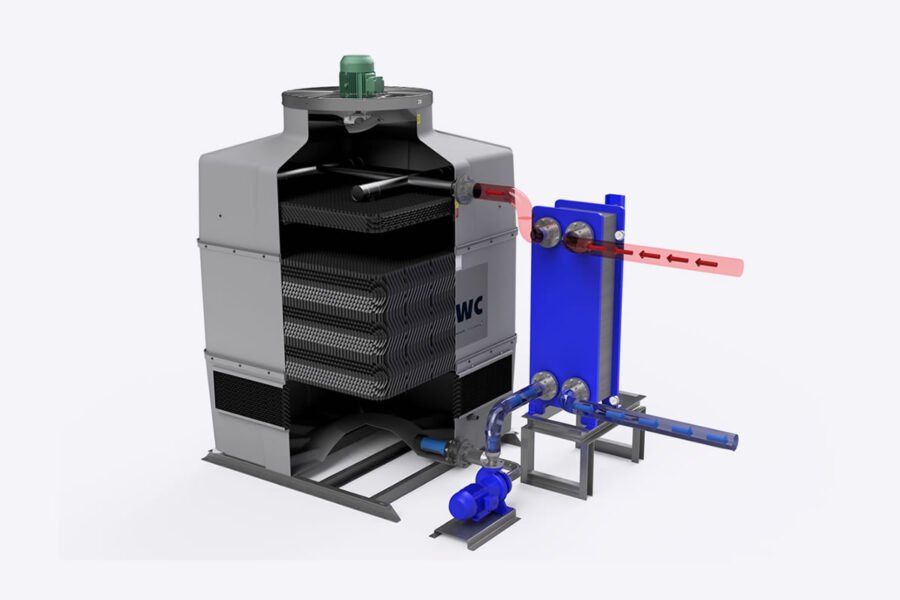
Rapidly cooling wort from boiling to room temperature or lower, is no small task. We can help.
Our plug and play closed circuit cooling system is perfect for chilling the wort to maintain the ideal fermentation temperature to turn out excellent lagers.
From microbreweries to craft breweries, we have a cooling system for you.
How to maintain the ideal fermentation temperature to turn out excellent lagers.
Rapidly cooling wort from boiling down to room temperature or lower is no small task. But it’s a very important one. A fast temperature drop is critical for several reasons:
- Risk of contamination: There are plenty of airborne yeasts and bacteria that would love to feast on your freshly boiled wort when it’s in the range of 80-160°F (27-71°C). You want to be in this zone as briefly as possible.
- Protein coagulation: A rapid cool-down knocks proteins out of suspension and results in clearer beer in your glass.
- More predictable hops utilisation: Hops continue to contribute bitterness even at sub-boiling temperatures. Letting wort remain too hot for too long extracts additional bitterness you may not want.
Our closed-circuit cooling tower system includes a separate plate heat exchanger and an open circuit cooling tower. A heat exchanger is a piece of brewery equipment designed to quickly raise or lower the temperature of wort or beer. Heat exchangers in breweries are often referred to as “plate heat exchangers” because they are built as a series of plates; a hot liquid (wort) flows along one side of the plate and cold liquid (water) flows along the other side. The heat exchange takes place across the plates.
Depending on your beer style, the wort can be cooled quickly to 7-35°C as it passes through the heat exchanger.
Hot wort at approximately 95°C flows through a heat exchanger, where it is cooled by cold water and/or a refrigerant coming along the reverse side of the plates in the opposite direction. The wort becomes cool (e.g., to 12°C) and ready for fermentation.
On average, heat exchangers will be sized so that the entire contents of the kettle can be cooled to fermentation temperature in 45 min or less. A heat exchanger is very energy efficient because the heat originally used to bring wort to the boil is partially reused to heat cold water flowing into the brewery. Using refrigerants such as glycol, plate heat exchangers can also be used to cool beer to low temperatures after fermentation, say from 12°C to –1°C, for cold maturation. Heat exchangers may be used in many aspects of the brewing process to heat and cool beer and to heat or cool liquids such as water.
Our closed-circuit cooling system is ideal for breweries and has many benefits which include minimal process water contamination, reduced water treatment requirements and most importantly, a lower process maintenance cost since uncontaminated water is used in the process.
Cheers to that!
Check out article in on tap magazine:
https://ontapmagazine.com/magazine/spring2022/24/